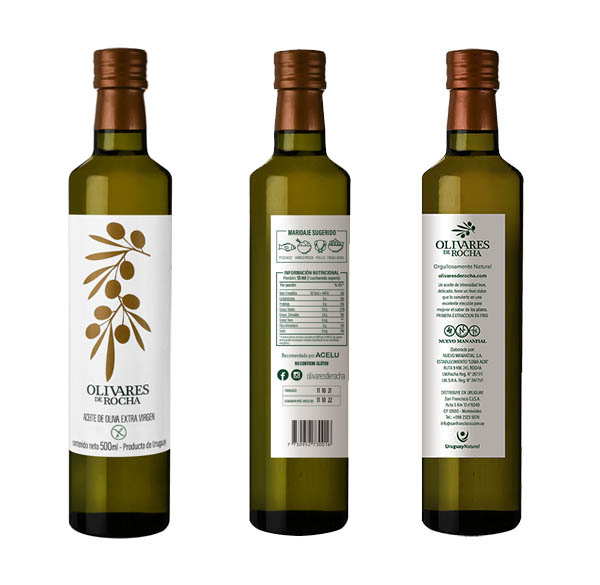How is it produced
It’s production process is very simple, since the virgin oil is the oily liquid of the olive separated from the other componentes without any additives or chemicals. The olives are collected and transported to the mill where they are classified by quality and variety. Before starting the extraction process, the olives are cleaned and separated from leaves and branches. The olives are crushed into a uniformed paste made of the pulp and the bone of the olives, the water they contain and the oil are extracted. T hen, thanks to the different densities, the oil is separated by centrifugation. However, at this point, the oil is still not completely clean. The final milky-looking product is left to stand for the water and impurities to settle. Then, it is filtered to store it as clean as possible and thus avoid its degradation. The entire process is carried out at no more than 30 °C with no chemical additives. A fresh, 100% natural oil, is obtained keeping all the qualities of the olive intact.

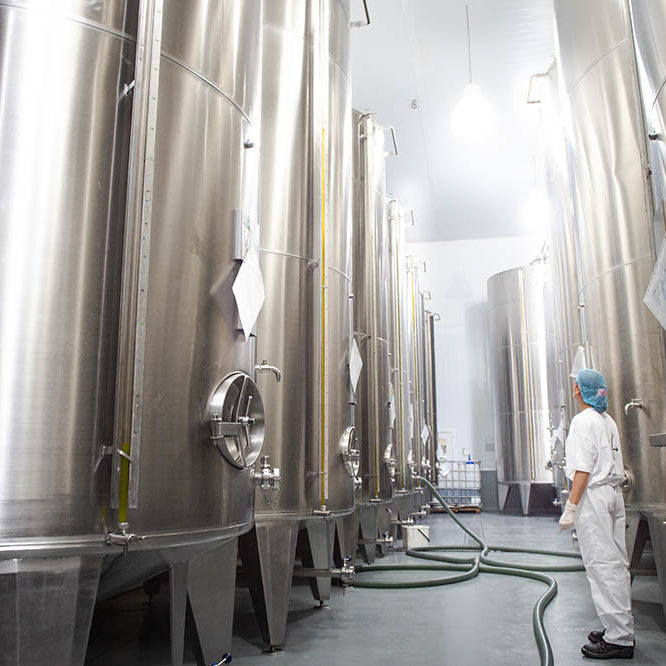
How is it produced
It’s production process is very simple, since the virgin oil is the oily liquid of the olive separated from the other componentes without any additives or chemicals. The olives are collected and transported to the mill where they are classified by quality and variety. Before starting the extraction process, the olives are cleaned and separated from leaves and branches. The olives are crushed into a uniformed paste made of the pulp and the bone of the olives, the water they contain and the oil are extracted. T hen, thanks to the different densities, the oil is separated by centrifugation. However, at this point, the oil is still not completely clean. The final milky-looking product is left to stand for the water and impurities to settle. Then, it is filtered to store it as clean as possible and thus avoid its degradation. The entire process is carried out at no more than 30 °C with no chemical additives. A fresh, 100% natural oil, is obtained keeping all the qualities of the olive intact.
Trees, Olives
Each year, when the time is right, olives are harvested from the trees.
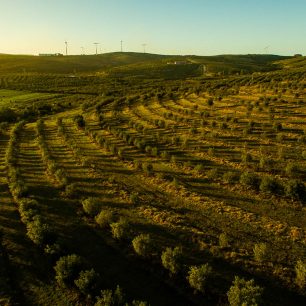
Cleaning
Before starting with the extraction process, olives are cleaned from leaves and branches.
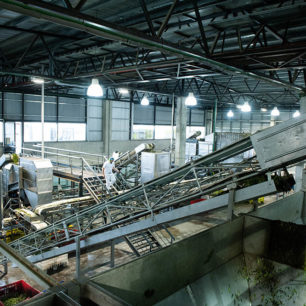
Olive paste
The entire fruit (bone, pulp and skin) is crushed until a paste is formed.
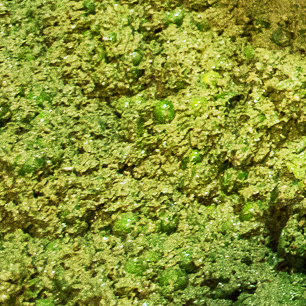
Vertical separators
In this stage, the water and the microparticules of the EVOO are separated.

Decantation
The olive paste is placed in a decanter. The centrifugal forces separate the water and the oily components from the rest of the fruit.
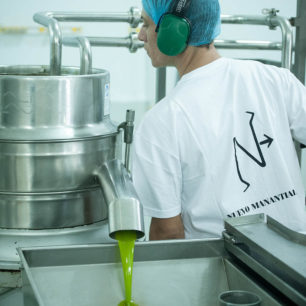
Storaging
The EVOO is stored with maximum care to ensure its quality.
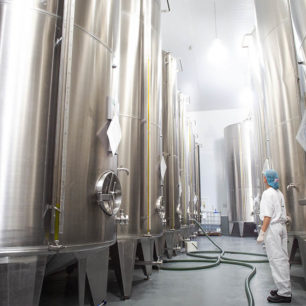
Testing
The sensorial and chemical parameters of the EVOO are tested (to facilitate its classification).
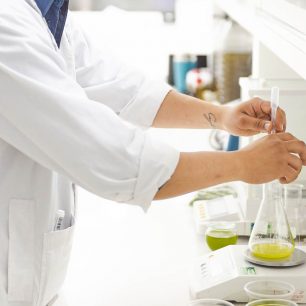
The EVOO is then packed for sale and commercial use.

How to taste it
Place a couple of tablespoons of Olivares de Rocha in small glass and cover it with a plate, if you don’t have one, simply cover it with your hand. With the holding hand spin the glass slowly to raise its temperature, this awakes the attributes of the oil. Do it for 30 seconds, then uncover the glass and bring your nose close to it to distinguish its aromas. The purpose is to discover which aromas you can distinguish.
Now it’s time to try the olive oil, take a sip and make the oil run through your mouth for a few seconds, then, swallow it. Try to feel the bitter and spicy, which are some of the qualities sought in a good Extra Virgin Olive Oil. Follow these simple steps to distinguish all the oils you try.


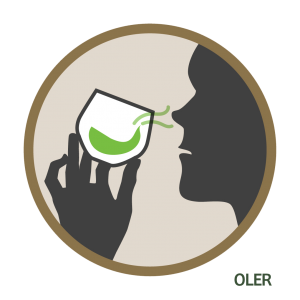


How to taste it
Place a couple of tablespoons of Olivares de Rocha in small glass and cover it with a plate, if you don’t have one, simply cover it with your hand. With the holding hand spin the glass slowly to raise its temperature, this awakes the attributes of the oil. Do it for 30 seconds, then uncover the glass and bring your nose close to it to distinguish its aromas. The purpose is to discover which aromas you can distinguish.
Now it’s time to try the olive oil, take a sip and make the oil run through your mouth for a few seconds, then, swallow it. Try to feel the bitter and spicy, which are some of the qualities sought in a good Extra Virgin Olive Oil. Follow these simple steps to distinguish all the oils you try.




How to preserve it
Extra Virgin Olive Oil is a “living” product that doesn’t expire and is always edible. However, since it is a 100% natural product it evolves over time and its flavor and properties can be diminished. What are the elements that can deteriorate its quality?
 Oxygen
Oxygen
Exposure should be minimal during storage. Otherwise, the oil will be oxidized, which can cause different flavors. We recommend that after every use, close the bottle tightly again to avoid prolonged exposure to oxygen. The Olivares de Rocha bottles, have a special design and we recommend you to close them until you hear a “click”. This won’t let oxygen enter the bottle and when you open the bottle the pouring spout will be lifted once again.
 Light
Light
Light exposure must be minimized, or eliminated, at all times. Prolonged exposure can deteriorate the quality and quantity of the antioxidants in the olive oil. We recommend you to keep the olive oil in a fresh and dark environment.
 Temperature
Temperature
The exposure to high temperatures develops unpleasant flavors in the olive oil. We recommend you to keep the olive oil away from the kitchen, oven, microwave or any heat source. The optimal storage temperature is 16°C to 22°C.
 Time
Time
Once bottled, the olive oil has a lifespan of two years, as long as its closed and in ideal conditions. Once the bottle is opened the lifespan is shortened due to oxygen, light and temperature.
Types of Olive Oil
Natural Oils 
EXTRA VIRGIN OLIVE OIL (EVOO). It is the liquid naturally extracted from fresh olives. The fruit is crushed into a paste and the oil is extracted without the use of chemicals or excessive heat. EVOO has a distinctive fruity aroma and flavor, containing natural antioxidants. This oil must be free of any type of defects and must meet rigid chemical standards.
VIRGIN. Virgin olive oil is produced using the same method as extra virgin olive oil, but it does not require to fulfill such strict chemical standards. Generally, it has an acidity value of less than 2% compared to an extra virgin olive oil of less than 0.5%.
POMACE OLIVE OIL. Created using the by-product of the milling process, pomace oil is created by mixing solvents in the olive pulp. Then, heat is used to extract additional oil from the pulp. Pomace oil could technically be called “second press oil”, since it is extracted from the pulp that remains after the first press.
Refined Oils 
REFINED OLIVE OIL. Olive oils that don’t meet virgin standards, undergo an additional process to remove any chemical defects. High temperatures or chemicals are used in this process. The oil becomes odorless, colorless and tasteless. Refined oils are generally mixed with a small portion of extra virgin olive oil to provide some flavor, aroma, and color.
OLIVE OIL. Oils labeled “olive oil” are usually a blend of refined olive oil and virgin olive oil.




